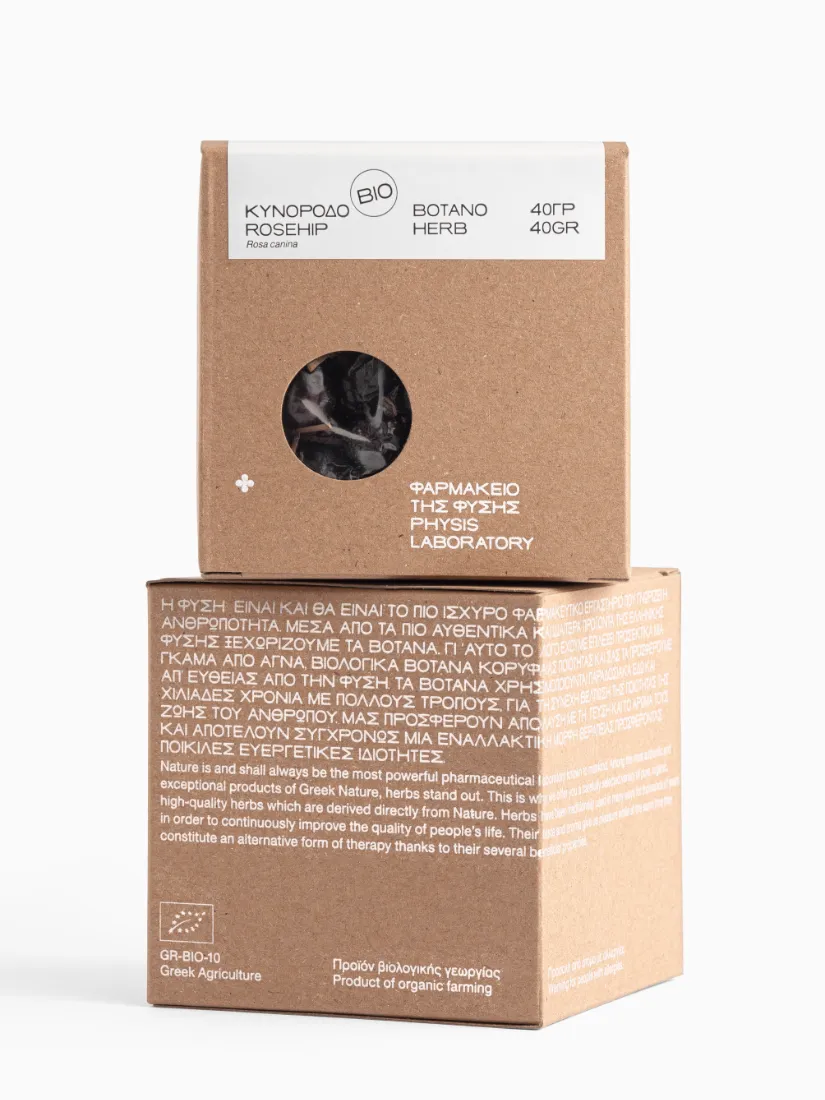Fattahi A., Niyazi F., Shahbazi B., Farzaei M.H. & Bahrami G., (2017). Antidiabetic Mechanisms of Rosa canina Fruits: An In Vitro Evaluation. Journal of Evidence-Based Complementary & Alternative Medicine, 1: 127-133. https://doi.org/10.1177/2156587216655263
Peña F., Valencia S., Tereucán G., Nahuelcura J., Jiménez-Aspee F., Cornejo P. & Ruiz A., (2023). Bioactive Compounds and Antioxidant Activity in the Fruit of Rosehip (Rosa canina L. and Rosa rubiginosa L.). Molecules, 28(8): 3544. https://doi.org/10.3390/molecules28083544
Gruenwald J., Uebelhack R. & Moré M.I., (2019). Rosa canina – Rose hip pharmacological ingredients and molecular mechanics counteracting osteoarthritis – A systematic review. Phytomedicine, 60: 152958. https://doi.org/10.1016/j.phymed.2019.152958
Kerasioti E., Apostolou A., Kafantaris I., Chronis K., Kokka E., Dimitriadou C., Tzanetou E.N., Priftis A., Koulocheri S.D., Haroutounian S.A., Kouretas D. & Stagos D., (2019). Polyphenolic Composition of Rosa canina, Rosa sempervivens and Pyrocantha coccinea Extracts and Assessment of Their Antioxidant Activity in Human Endothelial Cells. Antioxidants, 8(4): 92. https://doi.org/10.3390/antiox8040092
Miljković V.M., Nikolić L., Mrmošanin J., Gajić I., Mihajilov-Krstev T., Zvezdanović J. & Miljković M., (2024). Chemical Profile and Antioxidant and Antimicrobial Activity of Rosa canina L. Dried Fruit Commercially Available in Serbia. International Journal of Molecular Sciences, 25(5): 2518. https://doi.org/10.3390/ijms25052518
Seifi M., Abbasalizadeh S., Mohammad-Alizadeh-Charandabi S., Khodaie L. & Mirghafourvand M., (2018). The effect of Rosa (L. Rosa canina) on the incidence of urinary tract infection in the puerperium: A randomized placebo-controlled trial. Phytotherapy Research, 32(1):7 6-83. https://doi.org/10.1002/ptr.5950
Carr A.C. & Maggini S., (2017). Vitamin C and Immune Function. Nutrients, 9(11): 1211. https://doi.org/10.3390%2Fnu9111211
Wintergerst E.S., Maggini S. & Hornig D.H., (2006). Immune-enhancing role of vitamin C and zinc and effect on clinical conditions. Annals of Nutrition & Metabolism, 50(2): 85-94. https://doi.org/10.1159/000090495
Cheng B.C., Fu X.Q., Guo H., Li T., Wu Z.Z., Chan K. & Yu Z.L., (2016). The genus Rosa and arthritis: Overview on pharmacological perspectives. Pharmacolοgical Research, 114: 219-234. https://doi.org/10.1016/j.phrs.2016.10.029
Belkhelladi M., (2023). Effects of Daily Intake of Rosehip Extract on Low-Density Lipoprotein Cholesterol and Blood Glucose Levels: A Systematic Review. Cureus, 15(12): e51225. https://doi.org/10.7759%2Fcureus.51225
Jemaa H.B., Jemia A.B., Khlifi S., Ahmed H.B., Slama F.B., Benzarti A., Elati J. & Aouidet A., (2017). Antioxidant activity and α-amylase inhibitory potential of Rosa canina. African Journal of Traditional, Complementary and Alternative Medicines, 14(2): 1-8. https://doi.org/10.21010/ajtcam.v14i2.1
Willich S.N., Rossnagel K., Roll S., Wagner A., Mune O., Erlendson J., Kharazmi A., Sörensen H. & Winther K., (2010), Rose hip herbal remedy in patients with rheumatoid arthritis – a randomised controlled trial. Phytomedicine, 17(2): 87-93. https://doi.org/10.1016/j.phymed.2009.09.003
Christensen R., Bartels E.M., Altman R.D., Astrup A. & Bliddal H., (2008). Does the hip powder of Rosa canina (rosehip) reduce pain in osteoarthritis patients?–a meta-analysis of randomized controlled trials. Osteoarthritis and Cartilage, 16(9): 965-72. https://doi.org/10.1016/j.joca.2008.03.001
